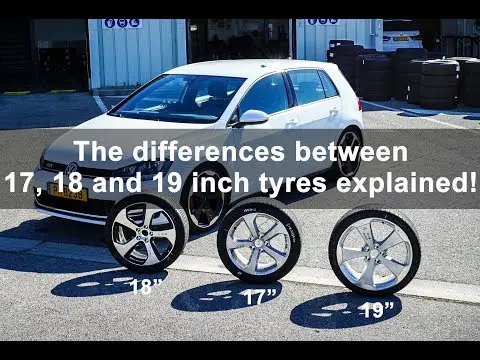There’s a lot of debate in the Honda community about which OBD system is better – OBD1 or OBD2. In this article, we’re going to break down the differences between the two systems and help you decide which one is right for your Honda.
OBD1 was introduced in 1991 on select models of Honda vehicles.
The main difference between OBD1 and OBD2 is that OBD2 has more sensors and monitors than OBD1. This means that it can provide more detailed information about your vehicle’s performance. However, some people prefer OBD1 because it’s simpler and easier to use.
What OBDI & OBDII Mean In Auto Diagnostics?
OBD1 and OBD2 are two different types of onboard diagnostics systems used by Honda vehicles. OBD1 was introduced in the early 1990s, while OBD2 was introduced in the mid-1990s. Both systems are designed to diagnose and troubleshoot engine problems, but there are some key differences between them.
OBD1 is a less sophisticated system than OBD2, and it can only communicate with certain types of diagnostic tools. It also uses a different set of codes than OBD2, which can make diagnosis more difficult. However, OBD1 is generally cheaper to repair than OBD2.
OBD2 is a more advanced system that can communicate with a wider range of diagnostic tools. It also uses a standardized set of codes, making diagnosis easier. However, OBD2 repairs can be more expensive than OBD1 repairs.
What are Obd1 And Obd2 Honda?
OBD stands for onboard diagnostics and refers to the system in a vehicle that monitors emissions and engine performance. There are two different types of OBD systems: OBD1 and OBD2. OBD1 was introduced in the early 1980s and was used on vehicles until the mid-1990s.
It uses a simple data link connector (DLC) that plugs into the diagnostic port under the dashboard. The DLC has four pins and contains basic information about the vehicle’s engine management system. OBD2 was introduced in 1996 and is still in use today.
It uses a more sophisticated data link connector (DLC) with 16 pins and provides more detailed information about the vehicle’s engine management system.
When Did Honda Switch to Obd2?
In 1996, the U.S. government passed a law mandating that all cars and light trucks sold in the United States from the model year 1996 onward must be equipped with an On-Board Diagnostics II (OBDII) system. OBDII is a computerized system that monitors a vehicle’s engine performance and emission control functions, and it can store diagnostic trouble codes (DTCs) if there is a problem with the vehicle’s systems. So, when did Honda switch to OBD2?
All Honda models sold in the United States from the model year 1996 onward are equipped with OBDII.
Does Hondata Work on Obd1?
OBD1 is a diagnostic system used in Honda vehicles. It stands for On-Board Diagnostics. Hondata is a company that makes aftermarket products for Honda vehicles, including the FlashPro, which is an engine management system that can be used on OBD1 vehicles.
The FlashPro can be used to tune the engine, transmission, and other systems in a Honda vehicle.
Conclusion
There are many differences between OBD1 and OBD2 Honda vehicles. The most notable difference is that OBD2 vehicles have a significantly more complex engine management system. This means that they require more data to be collected in order to properly diagnose and repair any issues.
Additionally, OBD2 vehicles often have different emission control systems which can impact how the vehicle runs.





